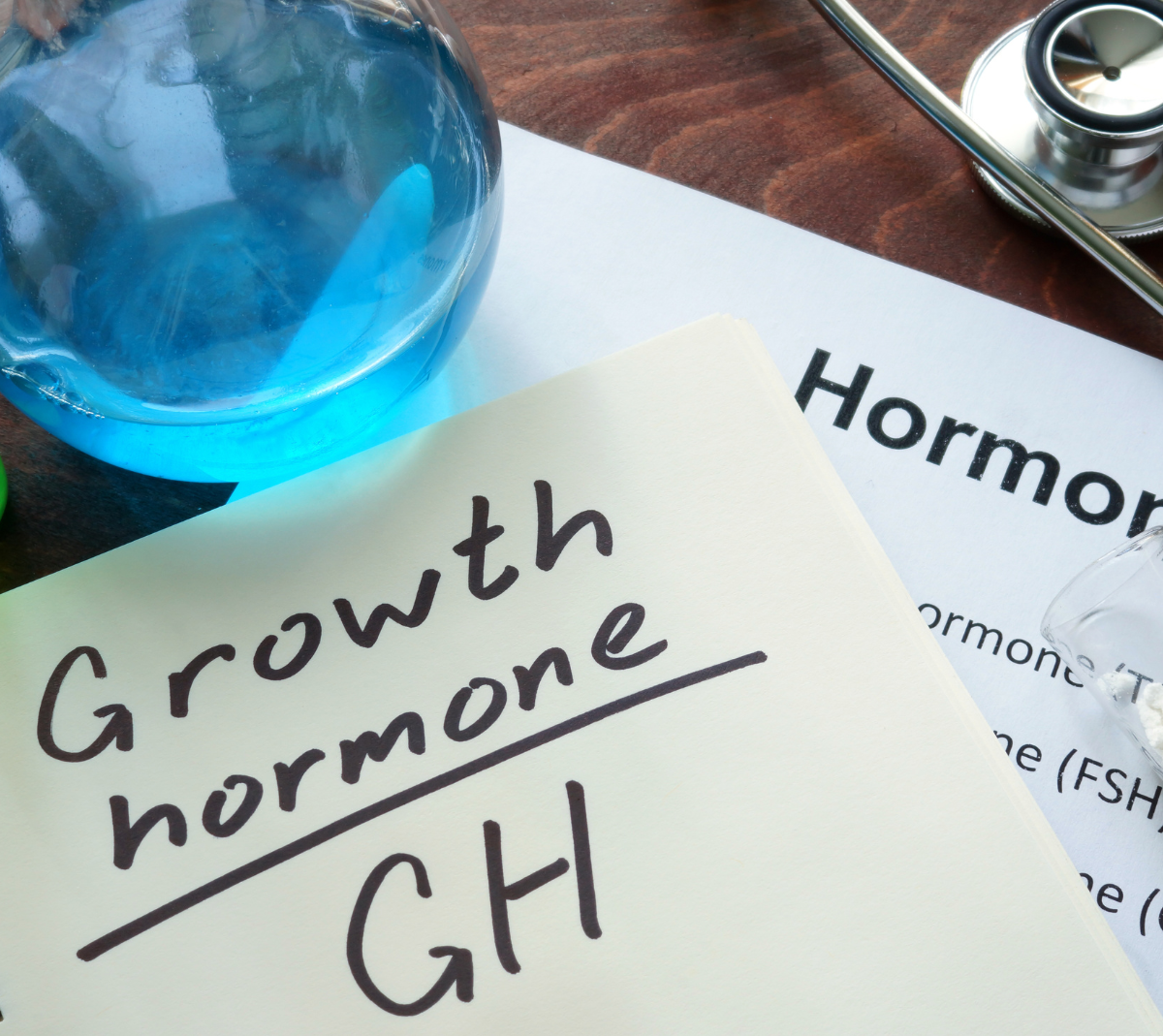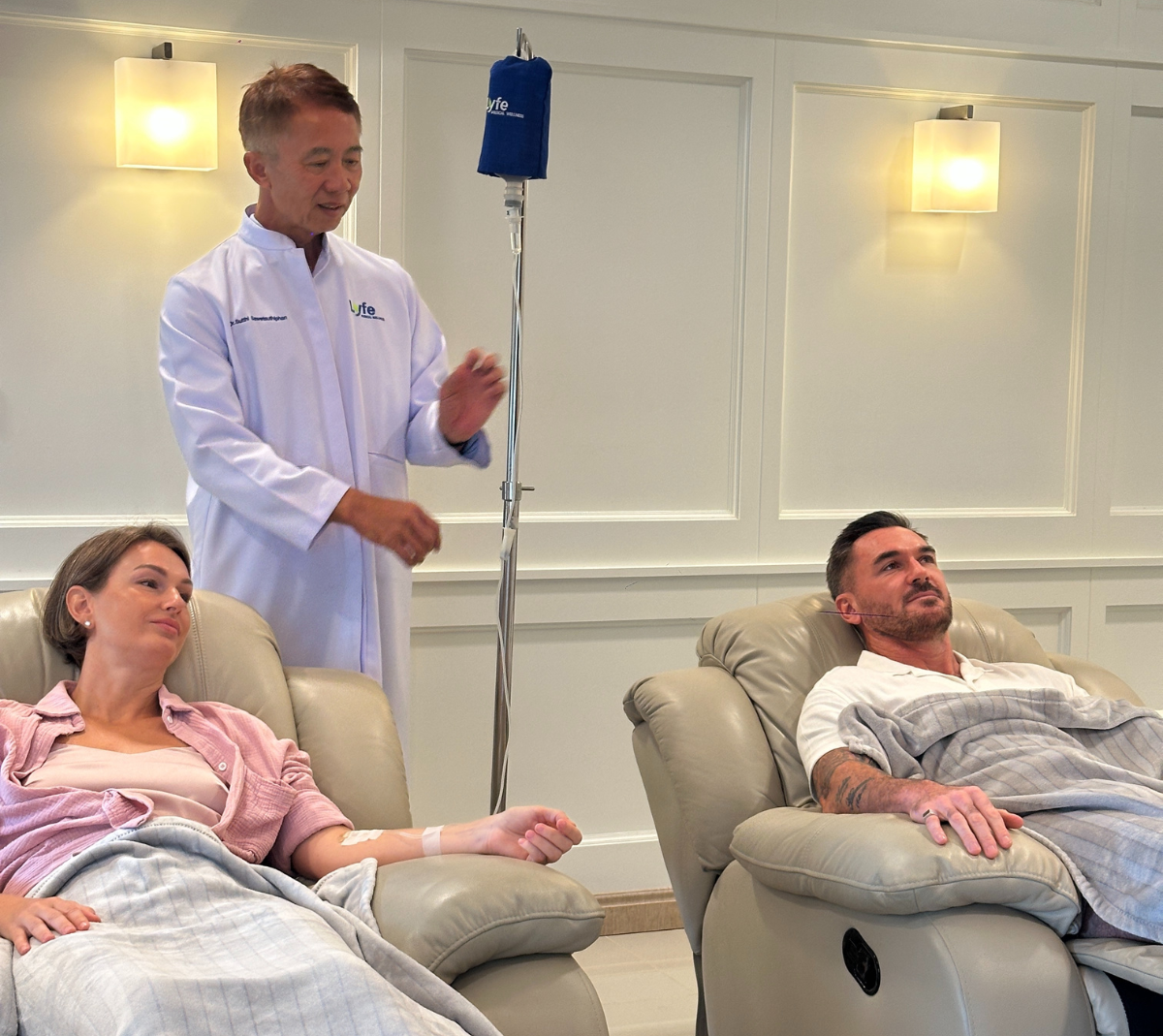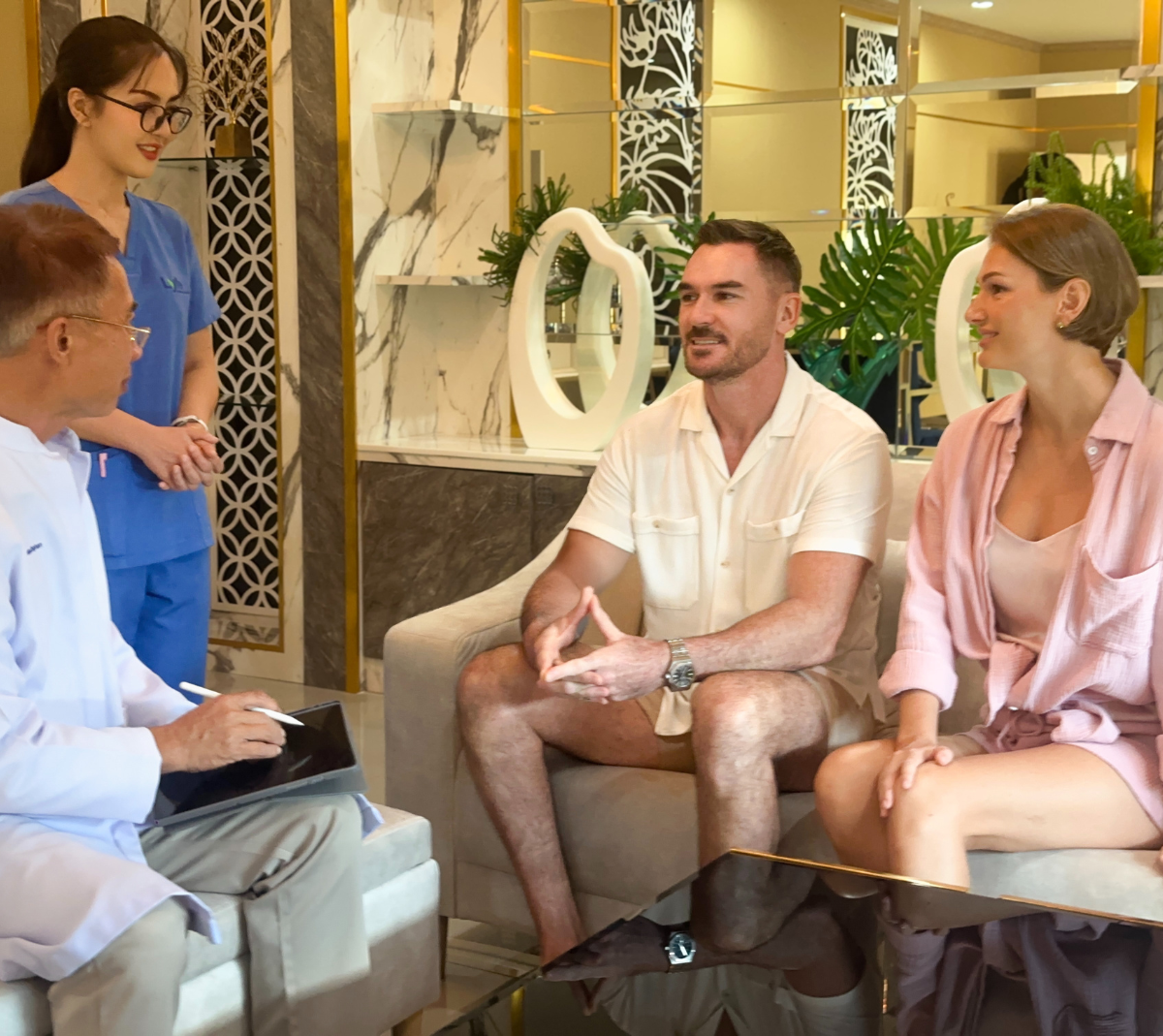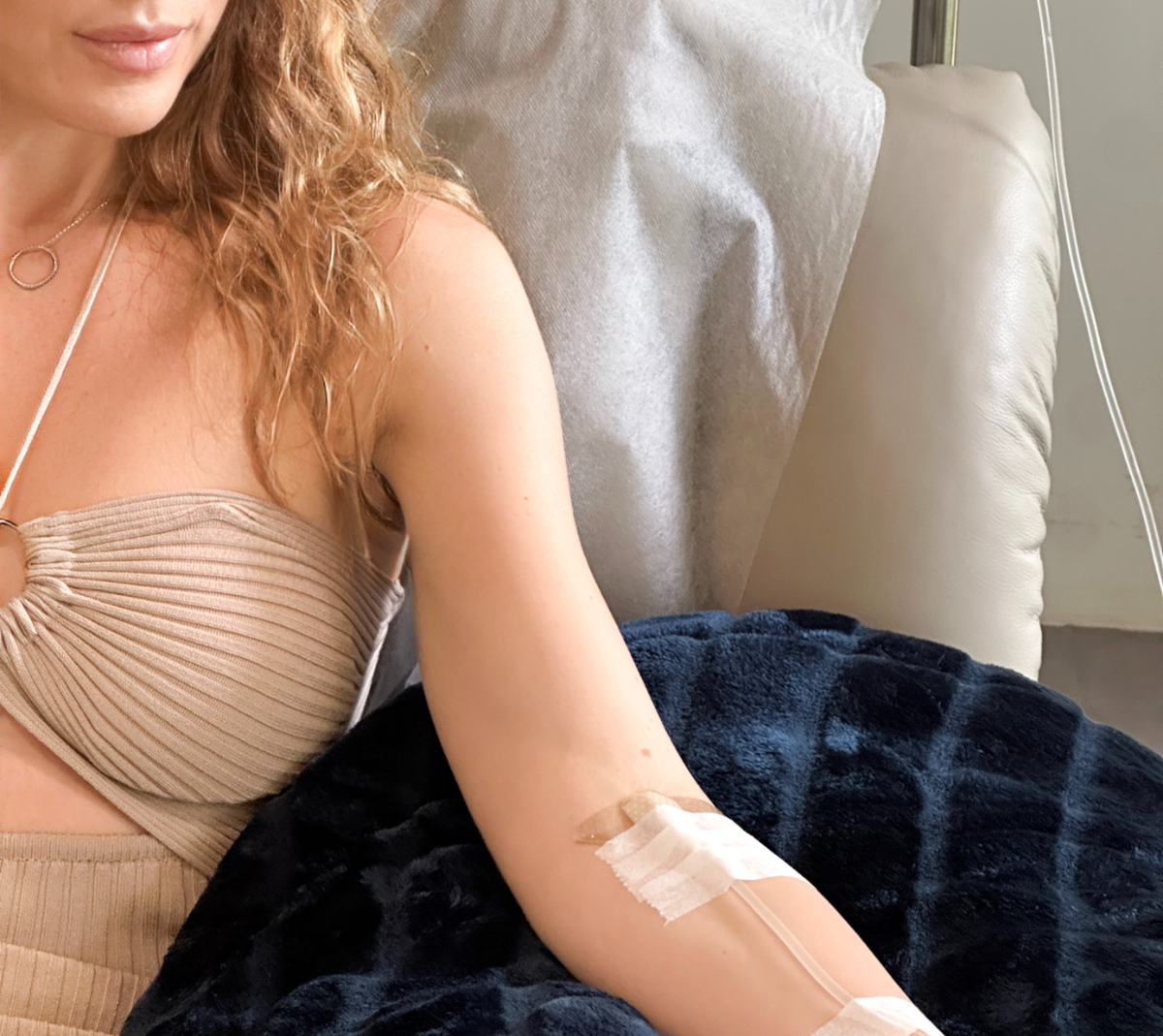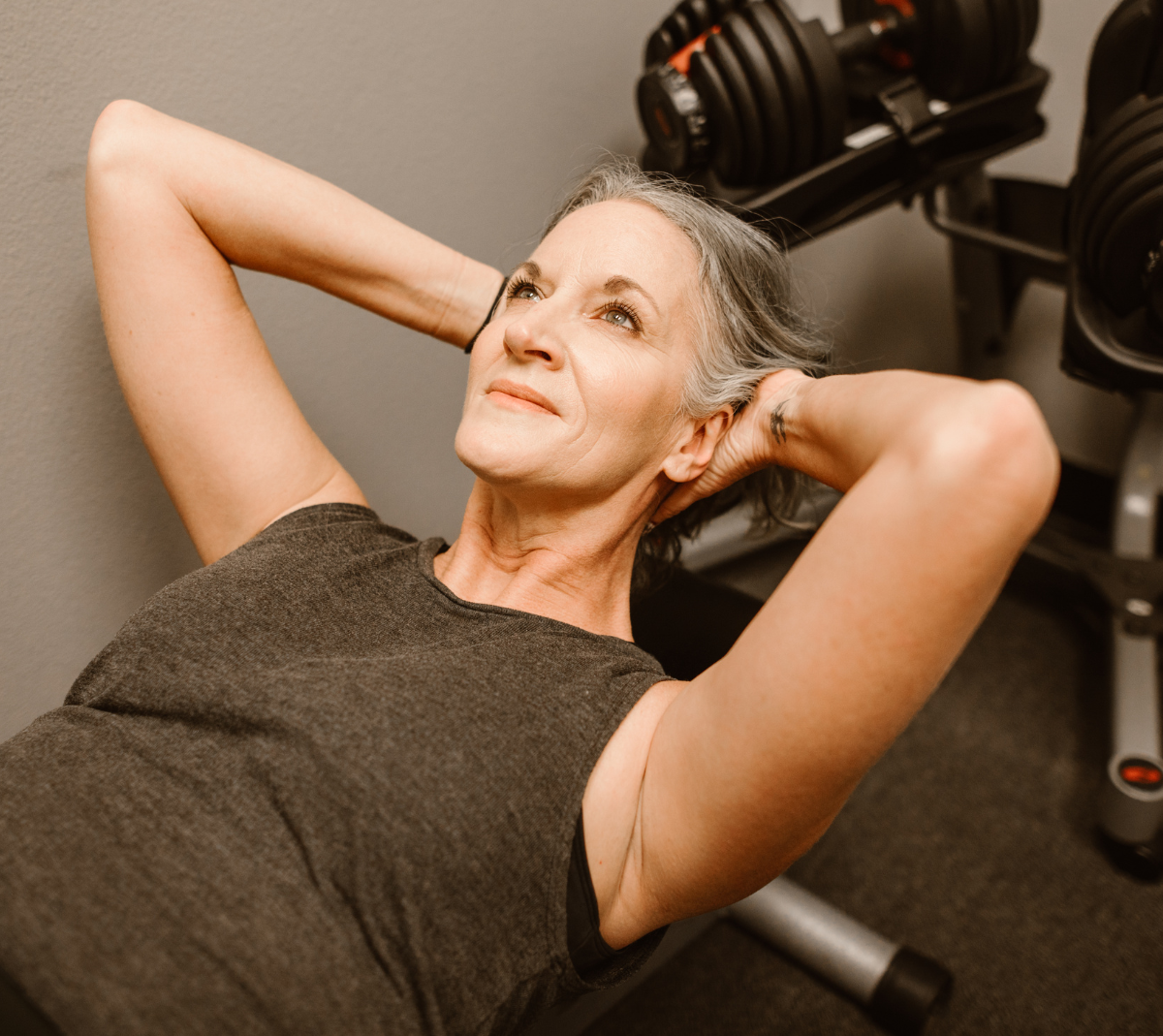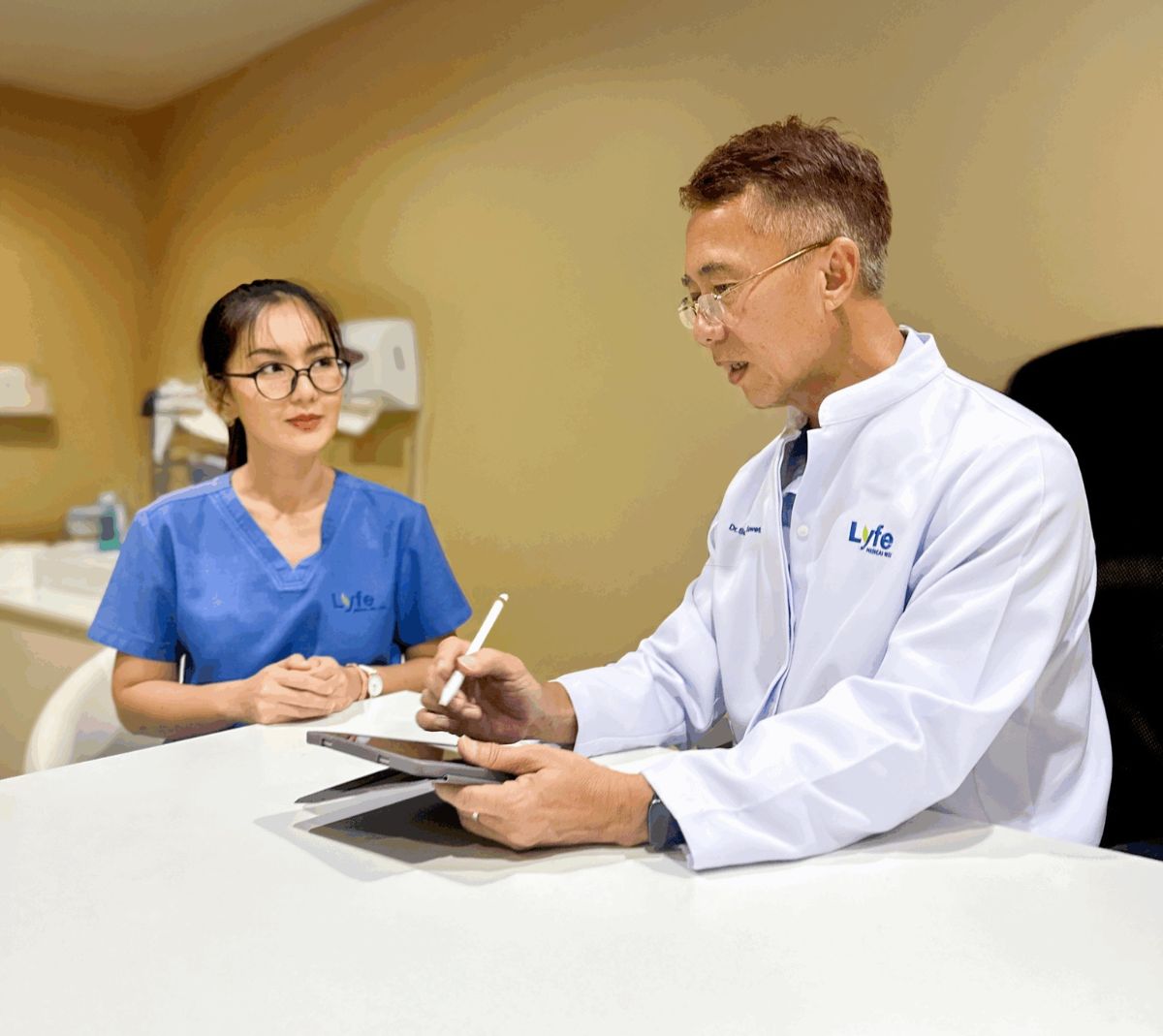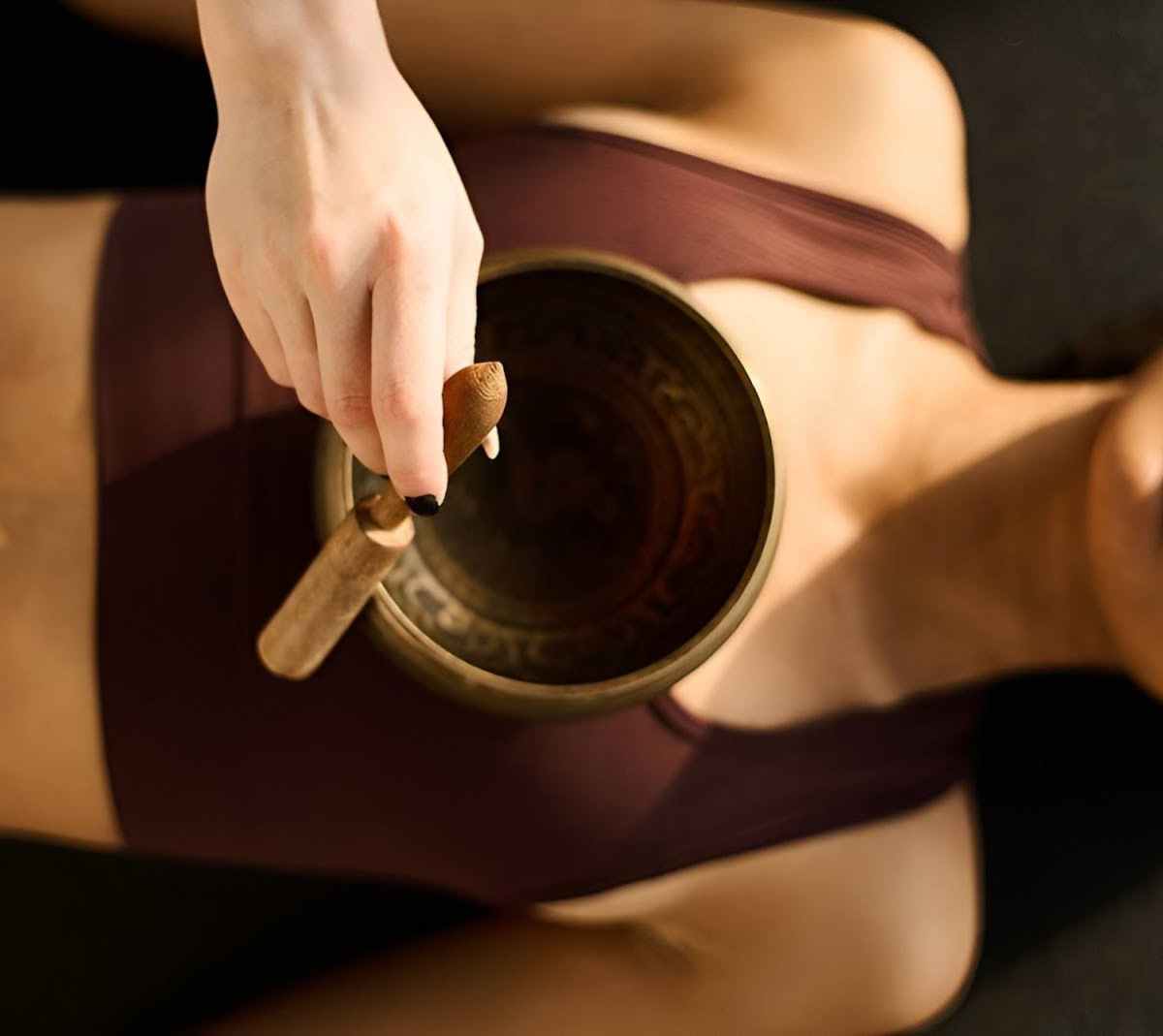Cellulite reduction is growing in popularity with there being more techniques and treatments aimed at diminishing the appearance of cellulite, which will make your skin look smoother and healthier. Cellulite is a dimpled or bumpy skin texture often found on thighs, buttocks and other areas. While cellulite is a normal condition affecting many, it can be a cosmetic concern for some individuals. These people are likely to want cellulite reduction treatment to help with this.
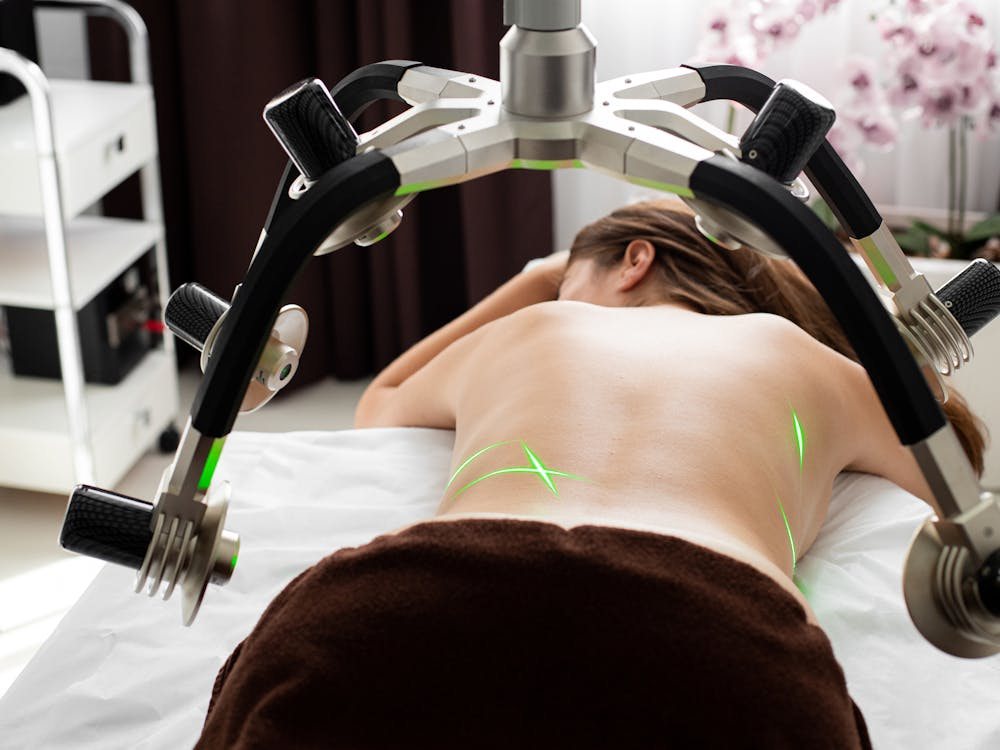
While your practitioner will help you through the recovery process with their advice, most of the time you will be left to your own devices when it comes to post-care. You need to ensure that you understand all the do’s and don’ts so that you can fully recover from the treatment. This includes taking care of your personal health and hygiene, taking care of any pain you recieve and avoiding anything that can hinder the recovery process.
This guide will further explore the proper treatment protocols that will improve your chances of having a successful recovery from cellulite reduction therapy. Continue reading to find out more.
How Cellulite Reduction Treatment Works
TECAR therapy (Transfer of Energy Capacitive and Resistive) is a cutting-edge, non-invasive treatment that uses radiofrequency energy to promote tissue repair, improve circulation and boost the body’s natural healing processes. TECAR therapy, which was originally developed for physical therapy and sports medicine, has grown in popularity as an aesthetic treatment that reduces cellulite.
TECAR therapy can be used on various body parts prone to cellulite, including:
- Thighs (front, back, and inner)
- Buttocks
- Abdomen
- Hips
- Upper arms
Post-Treatment Instructions
Follow Specific Care Guidelines
Your practitioner will provide tailored instructions based on the specific treatment you received, which should be followed throughout the whole course of your recovery to improve the results of the treatment. If you find yourself receiving any pain after the treatment, you can takever-the-counter pain relievers and gentle application of ice packs to help with discomfort.
Depending on the treatment, you may also need to temporarily avoid strenuous exercise, alcohol or certain skincare products, as these can impact the results and lead to a less impactful treatment.
Hydration and Nutrition
Never forget to stay properly hydrated during recovery from cellulite reduction treatment, as this gives you the best chance of natural healing. Keep drinking water regularly to keep the body hydrated, as this will flush out any toxins that are impacting the healing process. It can also facilitate essential tissue repair. This goes hand-in-hand with a balanced diet, as you need to eat foods that have high nutritional value to provide better cellular regeneration.
You should also lower processed foods, sugar and alcohol, as these can impede healing and potentially worsen the appearance of cellulite by promoting inflammation and fluid retention.
Gentle Activity and Exercise
Gradual reintroduction of gentle activity and regular exercise is key to optimising recovery and enhancing the results of cellulite treatments. It’s crucial to resume normal activities gradually, always listening to your body to avoid overexertion, particularly in the initial days following treatment. Consistently incorporating activities like walking, swimming or yoga can also significantly improve circulation and tone muscles, which in turn can help diminish the appearance of cellulite.
Focus on exercises that specifically tone areas prone to cellulite, such as squats and lunges, as this can improve results and leave them cellulite-free. These movements can also strengthen the muscles in the legs and buttocks, potentially leading to smoother skin texture overall.
Maintenance Sessions
Recovery from cellulite reduction requires proactive maintenance. You should have regular maintenance sessions to maximise your results, depending on the particular treatment you received. Don’t be afraid to discuss alternative cellulite reduction options with your practitioner if the first treatment doesn’t live up to your expectations.
Long-term improvement in skin texture and general wellbeing depends on continuously leading a healthy lifestyle with regular exercise and a balanced diet, regardless of the treatments used. Stress relief therapies can also be very beneficial in helping your recovery.
Bad Habit Avoidance
There are some bad habits that can negatively affect how well you recover from treatments like cellulite reduction. You need your skin and immune system to be in the best condition so that you can heal optimally. Perhaps the biggest bad habit that should be avoided is smoking, as this can damage your lungs and skin which can prolong the recovery period.
Instead, you should seek alternatives in times of desperation. For example, if you find yourself wanting a nicotine replacement for cigarettes, you can use nicopods instead. These are a safer way of intaking nicotine, as they don’t require you breathing in any harsh chemicals or smoke into your lungs.
Final Thoughts
After you have received your cellulite reduction treatment, a holistic approach to care, combined with open communication with your practitioner about maintenance and further options, will empower you to achieve the best possible outcome in your cellulite reduction journey.

